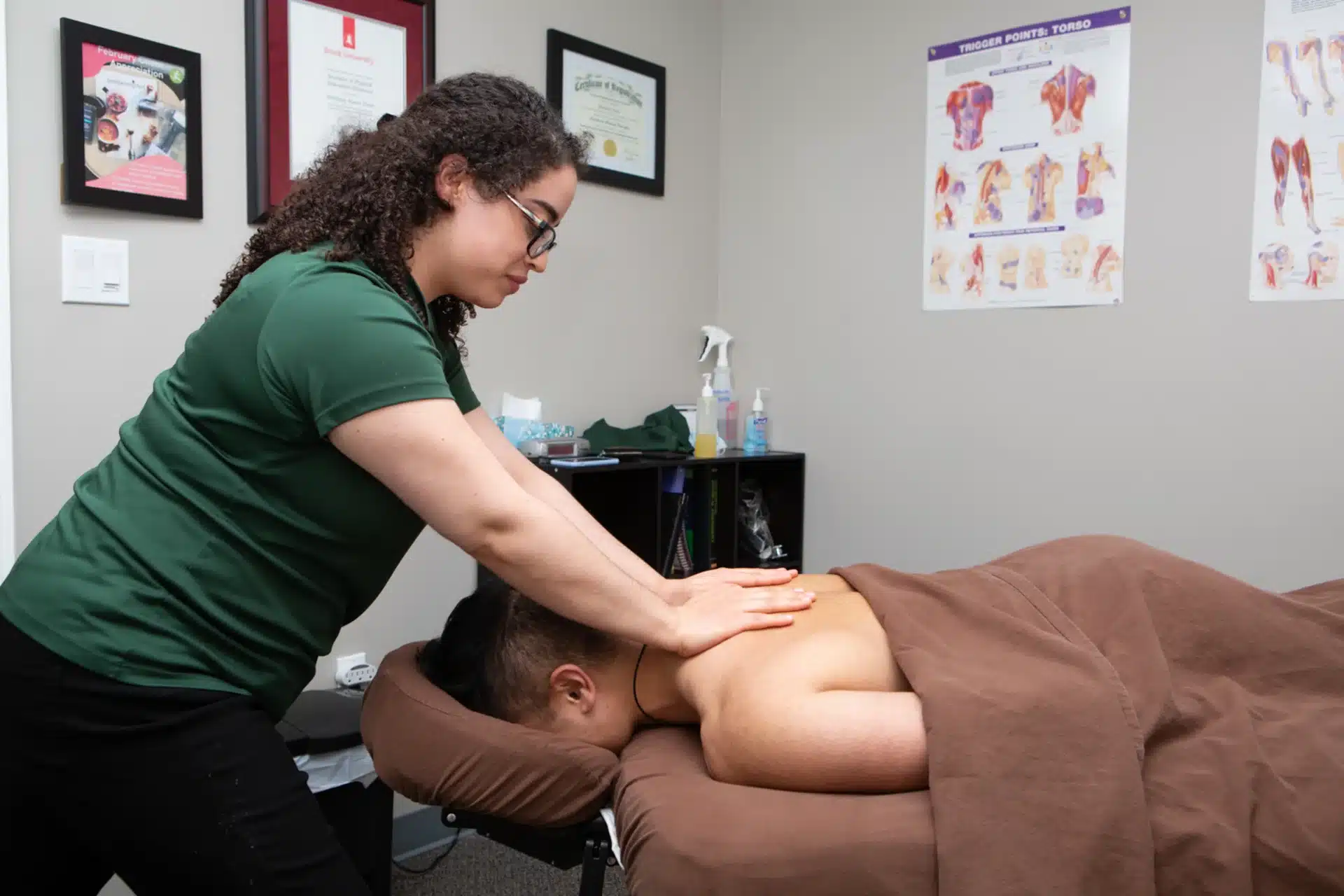Foot Reflexology Chart Explained: Easy Reference Guide

Reflexology, an old recovery method that has stood the test of time, remains to astound the minds and soles of people worldwide. This holistic treatment is based upon the principle that details factors on the ears, feet, and hands represent various organs and systems within the body. By using stress to these factors, specialists aim to advertise healing, alleviate stress, and restore equilibrium to the body.
The Origins of Reflexology
While the specific beginnings of reflexology are disputed, evidence suggests that comparable methods have actually existed for thousands of years across various societies. Old Egyptian tombs illustrate what appears to be foot massage therapies, while conventional Chinese medicine has long recognized the interconnectedness of various body parts. The contemporary technique of reflexology, however, was created in the early 20th century by Dr. William Fitzgerald and later improved by Eunice Ingham, commonly referred to as the “mother of reflexology.”
Just How Reflexology Works
The basic idea behind reflexology is that the body is split into 10 vertical zones, each representing various body organs and body components. By using pressure to details points within these areas, reflexologists believe they can influence the equivalent locations of the body. For instance, the pointers of the toes are assumed to match to the head, while the round of the foot is related to the upper body and lung area.
Prospective Benefits of Reflexology
Advocates of reflexology declare a large range of benefits, consisting of:
Anxiety decrease and relaxation
Boosted circulation
Enhanced body immune system feature
Pain alleviation, especially for migraine headaches and migraines
Enhanced rest quality
Alleviation of digestion problems
While scientific study on reflexology is ongoing, many people report considerable improvements in their general well-being after getting therapies. 錦糸町 to keep in mind that reflexology is generally taken into consideration a corresponding treatment and should not replace traditional clinical care.
What to Expect During a Reflexology Session
A regular reflexology session lasts in between 30 to 60 minutes. The specialist will usually begin by reviewing your health history and any type of current worries. You’ll then be asked to remove your socks and shoes and sit easily or rest. The reflexologist will start by examining your feet before applying stress to particular factors. The pressure can range from gentle to firm, depending upon your preference and the practitioner’s method.
Self-Reflexology Techniques
While professional sessions can be helpful, you can additionally practice some fundamental reflexology strategies in your home. Below are a couple of simple workouts to try:
Foot rolling: Roll a tennis sphere or specialized reflexology round under your foot for a couple of minutes every day.
Thumb walking: Use your thumb to “walk” along the soles of your feet, using pressure as you go.
Hand reflexology: Apply pressure to the facility of your hand utilizing your thumb from the contrary hand.
Incorporating Reflexology right into Your Wellness Routine
Just like any kind of new health technique, it’s important to approach reflexology with an open mind and reasonable expectations. While it may not be a magic bullet, many locate that regular reflexology sessions or self-practice can be a valuable addition to their overall wellness regimen. Whether you’re seeking stress alleviation, pain monitoring, or merely a moment of relaxation, reflexology uses an unique method to supporting your body and mind.
Keep in mind, if you have any kind of health and wellness issues or are expecting, it’s constantly best to seek advice from with your health care service provider before starting any type of new therapy, consisting of reflexology. With its gentle strategy and potential for promoting general health, reflexology continues to be a popular choice for those seeking an all-natural, alternative method to health and health.
While the specific beginnings of reflexology are disputed, evidence recommends that similar practices have actually existed for thousands of years across various societies. The modern technique of reflexology, nonetheless, was developed in the early 20th century by Dr. William Fitzgerald and later refined by Eunice Ingham, frequently referred to as the “mother of reflexology.”
The fundamental concept behind reflexology is that the body is separated right into 10 vertical areas, each matching to various organs and body components. As with any kind of brand-new health and wellness method, it’s crucial to approach reflexology with an open mind and realistic assumptions. Whether you’re looking for stress alleviation, pain administration, or merely a minute of relaxation, reflexology provides an one-of-a-kind strategy to supporting your body and mind.